Exploring the untold stories of the Yorkshire men and women who died for freedom in the First and Second World Wars
Now their sacrifice makes it all the more harder to bear.
As the Commonwealth War Graves Commission urges people to share their stories, such loss is brought to life like never before.
There’s Nora Caveney, a cotton bobbin winder from Todmorden, who was the first ATS service woman to be killed in the Second World War.
Advertisement
Hide AdAdvertisement
Hide Ad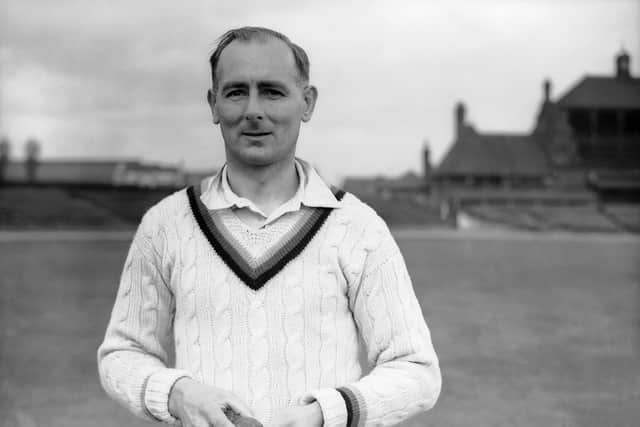

Lt James Trevor Riley, captain of his school cricket team in Halifax, whose father was sent hundreds of letters detailing his kindness and bravery after his death.
And Pte Dixon Overfield, a local preacher and Sunday school leader from Filey, who left behind a new bride and a baby daughter called Madge at No 5 Carlton Road.
For Evermore: Stories of the Fallen is an enduring tribute, funded by the Post Office Remembrance Fellowship. Each tale, volunteered by families and historians.
Dorothy Barker is secretary of The Friends of St Matthew’s Churchyard, at Lightcliffe. Here there are three Commonwealth War Graves from the Great Wars. And then dozens more, a roll call of lost sons. She has submitted story after story so each is remembered.
Advertisement
Hide AdAdvertisement
Hide Ad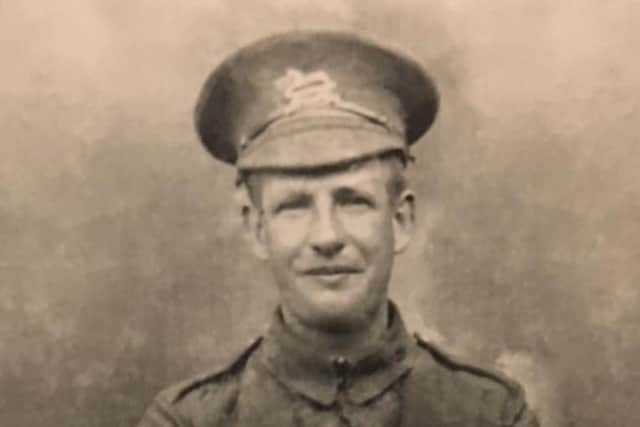

“Early generations didn’t want to talk about it,” she said. “They just remembered the pain. It’s important to understand why these young men went to fight. They fought for their country, and the values it stood for. In the end, some of them paid the ultimate sacrifice.”
Here, near Halifax, Pte Leonard Sucksmith is one of three brothers remembered. He had been working as a bobbin doffer at a local worsted factory, and watched his older siblings Aaron, Walter and James sign up for the Great War.
In June 1916, he enlisted. Two months later, Aaron was killed. Then Walter, that December. Soon, badly injured, Leonard’s leg was amputated. He died in1920.
One brother, James, survived. Their father, William Sucksmith, was on the committee for the Hipperholme and Lightcliffe Memorial. James helped plant the trees.
Advertisement
Hide AdAdvertisement
Hide Ad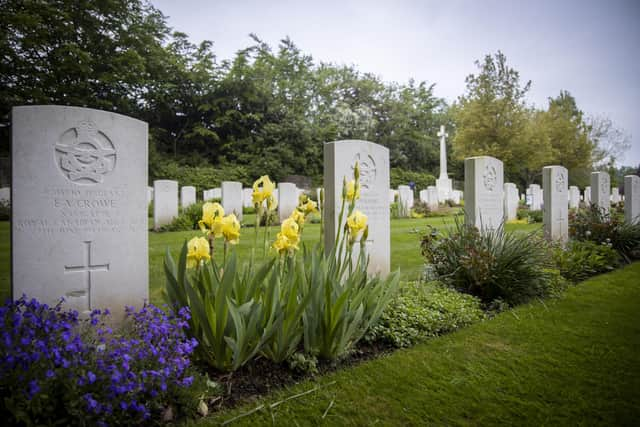

Also in the churchyard nearby Pte Frank Newsome is remembered on the family headstone. The eldest of four sons to a stonemason, he was killed in the Battle of Ypres.
And in Weeton, on the outskirts of Harrogate, three of the four Fox brothers signed up to fight. Their home Station Cottages stands today, a familiar landmark. Only Pte Walter Fox didn’t come back. Having enlisted on the same day as his younger brother John James, he died in the Battle of the Somme. It was eight months before the local newspaper reported him missing.
“We see the names, at memorials,” said Ms Barker, a former teacher. “What these stories do is put them in context. We see what they did, in their ordinary lives. And the impact on those they left behind. We all need reminding, every now and then, that war is awful.”
In Sheffield, there’s Pt William Wyatt Bagshawe, a student of the Slade School of Art. Born in Netheredge, he had shown great promise in drawing from an early age. While safe at a rail-head, he requested a return to his own battalion. He was killed trying to cross enemy wire.
Advertisement
Hide AdAdvertisement
Hide Ad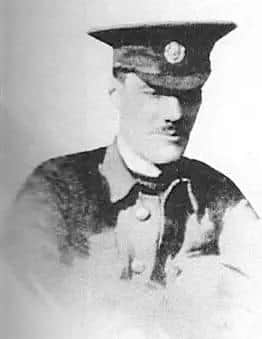

The stories come thick and fast, submitted from across the county.
There’s Captain Hedley Verity, known today as one of the greatest cricketers of his generation. For Yorkshire, he took a world record just days after the outbreak of the Second World War. The Leeds man was to lose his life after leading his company across a Sicilian cornfield. He was struck in the chest by a German bullet, and captured as he lay wounded in the corn. A prisoner of war, he died aged 38.
Each personal story is a link, a light that colours in the corners between the scant facts of official paperwork and family lore.
Elizabeth Smith, public engagement coordinator for Yorkshire for the Commonwealth War Graves Commission, said we are all connected by such threads. If not by a name, then through a home where someone once lived who went off to war but then didn’t come back. A rugby club’s long list of names, or a roll of honour at the factory gates.
Advertisement
Hide AdAdvertisement
Hide AdTwice, on visits to county schools in recent weeks, she started exploring the names on the local war memorial only to discover there were very real links to the students in her class.
“There is a real connection between people and those who have gone before them,” she said.
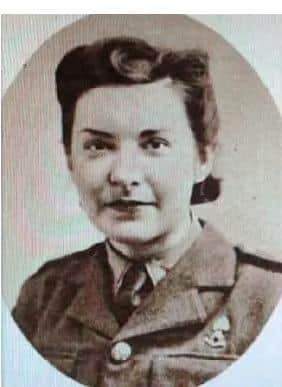

The commission’s database is focused on facts. These stories add rich details that might otherwise be lost as memories fade.
Pte Sydney Smith is one. A fusilier signaller from Sheffield, he was killed in 1918, aged 30. Upon learning of his death, his father took it upon himself to find his missing grave. After many months of searching, he was present when Sydney’s remains were finally found in a trench-grave in France. He is now buried at Caterpillar Valley Cemetery, Longueval.
Advertisement
Hide AdAdvertisement
Hide AdAnd Pte Thomas Edwin Bulmer, who had been sheltering in an evacuation dug out near Bernafay Wood when it suffered a direct hit by enemy fire in 1916. A father of three, he had been a caretaker at Leeds’ Seacroft Hospital, keeping the lawns and gardens cut.
A dusting of soil from the very hospital gardens he once tended, caught in resin, will today be laid at his military grave in France.
Ms Smith said it was fragments like these that stood out: “This is part of the history, not just of Britain, but of the people of the British empire. We need to remember those who went before us, and fought so hard for us. That is so important today.”
Visit www.cwgc.org/stories